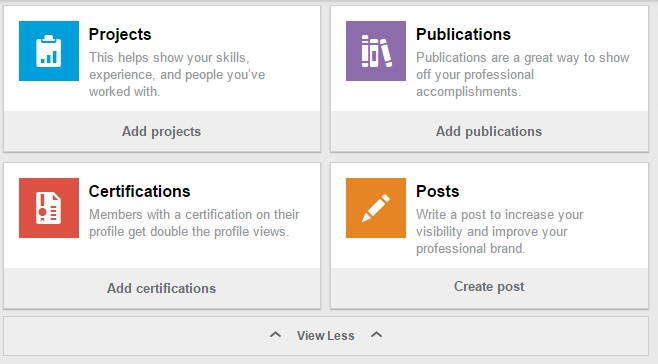The winter months are some of the busiest hiring months of the year. If you’re closing out 2018 browsing global health job boards, refining your resume, and applying to new positions, you’re in good company.
That also means it’s one of the busiest times of the year for STAR’s Recruitment and Outreach team.
With more applicants out there, there’s even less time being spent reviewing resumes in an already highly competitive field. You need to catch the reader’s attention within (gasp) six seconds.
Here are four tips to help you do just that – and hopefully land your dream global health job in 2018.
1. Yes – you should strategically list unpaid internships.
At the American Public Health Association’s Annual Meeting, a candidate described his previous internship with a Government agency…which was nowhere to be found on their resume. He excluded it because he felt the position didn’t carry much weight since it was unpaid.
Au contraire! Applicants should think of paid and unpaid positions as one and the same. This is especially true if your experience – and your accomplishments - align well with the job at hand. Unpaid internships and skills-based volunteerism aren’t only valuable for skill building. You can also leverage that experience when making a career change. Speaking of that…

2. For career switchers, transferrable skills are key.
At APHA 2018, we spoke to dozens of mid-career professionals who were transitioning to a career in global health or shifting their focus from domestic to global. When changing careers, it’s okay to remove extra information from your resume and focus on the most relevant skills. In fact, in a recent survey of global health employers, 40 percent indicated that a specific skill could help make up for a lack of international experience.
Let’s say your current job includes finance responsibilities, but you’re now applying for a program management position. You’ll want to emphasize skills that would translate well to program management, like fiscal year planning, budget monitoring, and reporting to internal and external stakeholders.
3. Be choosy about publications – and where to list them.
If you're in academia, adding a “Publications” section to your resume seems obvious. However, instead of listing all your published works, selectively highlight what’s most relevant to the job you’re applying for.
While resumes have space constraints, LinkedIn is a great avenue for showcasing a more inclusive list of your published works. Use the “Add a Publication” feature to highlight:

If you have had some significant publications, consider listing them in your Summary section, in case readers do not scroll all the way down your profile. Bonus points if you’ve presented your paper at a conference and upload a presentation on LinkedIn’s SlideShare.
Fear not, the Publications section isn’t just for academics. With the increased popularity of blogging, it's difficult to not have something in this section. Future employers want to know if you are a subject matter expert. Writing about timely global health topics helps establish thought leadership – and it may even lead you to your next opportunity.
4. Don’t forget the skills section.
The recruitment team reviews hundreds of resumes – and only a handful include an “Additional Skills” section. That’s a missed opportunity for candidates to remind us why they’re a strong fit – and stand out.
Command of Microsoft Office isn’t considered a skill, but a “given.” With the rise of niche positions like data visualization, it’s important to get specific with technical skills. Think “proficiency in Tableau” or “expertise in JavaScript, CSS and HTML.” If you’ve flexed your technical skills through courses or certifications, it also shows that you’re invested in your professional development – and eager to put that knowledge to work.
And don’t forget about the soft skills. Are you often called upon to speak at conferences, or facilitate internal trainings? Then you’ve honed your communication skills. Did you design new protocols to expedite grant payments? That’s a testament to your project design skills.
Pro tip: Also include your most relevant skills in the “Summary” section of your LinkedIn profile and resume.
Whether you are looking for your next global health career opportunity or are just starting out in the field, the STAR recruitment team is here to help. Check out our career resources and find us at an upcoming event.